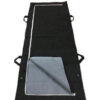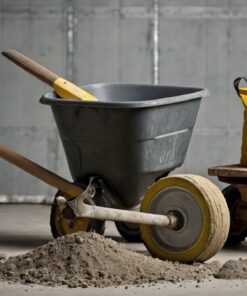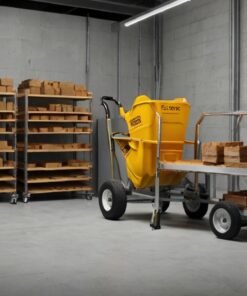Disposable bouffant caps
Quality Disposable bouffant caps for commercial and wholesale use. Reliable product for businesses and bulk buyers. Competitive pricing and fast delivery available.
Quality Disposable bouffant caps for commercial and wholesale use. Reliable product for businesses and bulk buyers. Competitive pricing and fast delivery available. Meets safety standards. Single-use hygiene. Essential PPE for various industries.
Related products
Agriculture
Construction
R290.00
PPE and Safety
R160.00
General Consumables
R110.00
PPE and Safety
Automotive and Transport
General Consumables
R110.00
Construction
R260.00











